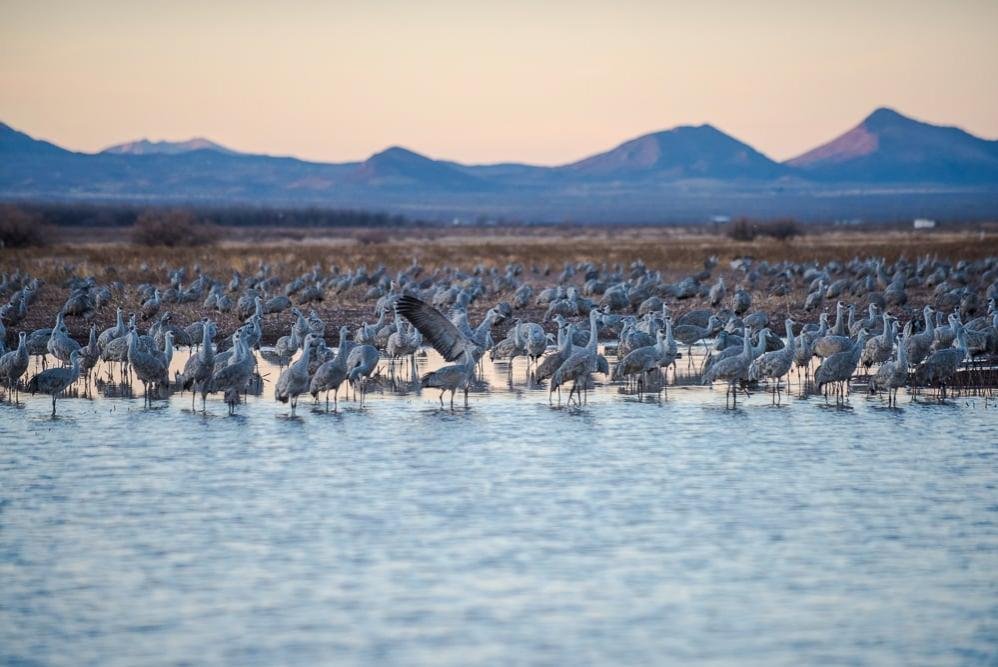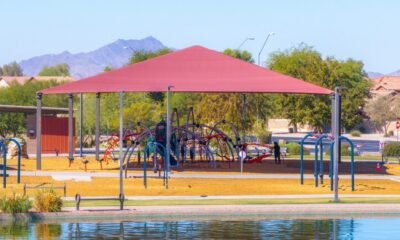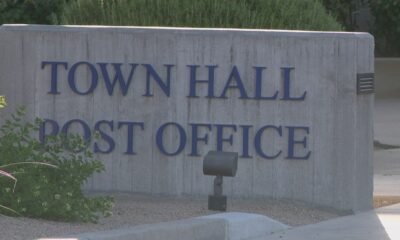Business
Farmers Join Forces to Save Water-Loving Birds

James Gentz, a farmer from East Texas, has observed an array of birds on his rice-and-crawfish farm, but the arrival of a pair of whooping cranes in 2021 caught his attention. These endangered birds chose his flooded fields to build a nest, showcasing the unique bond between agriculture and bird conservation in today’s climate landscape.
While Gentz is enamored with the cranes, not all farmers share his enthusiasm. Concerns about avian flu and crop loss loom large. As climate change exacerbates these issues by delivering erratic weather patterns, the survival of both birds and agricultural productivity becomes increasingly intertwined. Approximately one-third of wetland-dependent bird species are in decline, with waterfowl populations plummeting by 20% since 2014, emphasizing the urgent need for concerted conservation efforts.
In regions dependent on agriculture, collaboration between farmers and conservationists is essential. Different landscapes support diverse species, thus tailoring conservation practices is crucial. Initiatives aimed at incentivizing farmers to adapt their practices for the benefit of bird habitats are gaining momentum across various regions.
For instance, traditional crawfish-and-rice farms effectively mimic the natural wetlands that are vanishing due to saltwater intrusion. The inherent life cycle of these farms supports various birds, particularly during the fall migration, which attracts species like egrets and herons, providing ecological benefits while sustaining agricultural productivity.
In contrast, a shift towards less water-intensive crops such as corn and soybeans could result in diminished biodiversity. Conservation biologist Elijah Wojohn notes that farmer-to-farmer dialogue has proven effective in promoting conservation practices. By fostering interest in bird species, farmers can become advocates for biodiversity.
Organizations like Ducks Unlimited have long supported farmers financially in exchange for conservation efforts, such as flooding fields in winter to attract overwintering birds. This strategy not only enhances local ecosystems but also helps decompose leftover rice, reducing farmers’ workload. In 2024, Ducks Unlimited focused on conserving 1 million acres of land to support waterfowl populations.
However, not all conservation strategies are without drawbacks. In Central New York, efforts to improve migratory habitat have resulted in overpopulation in certain areas, risking ecological balance. Challenges continue to arise, particularly across migration routes that span thousands of miles, where habitat preservation is critical for species like the buff-breasted sandpiper.
The situation in North America’s northwest is dire, marked by extreme drought impacting both bird populations and agricultural viability. Innovational partnerships are promoting strategies aimed at restoring wetlands, especially in regions like the Klamath Basin. Recent actions to remove dams are proving beneficial for both wildlife and farmers, fostering ecological connections that are crucial for long-term sustainability.
As the pace of climate change accelerates, there remains a pressing need for adaptive conservation methods. The challenges facing both wildlife and agriculture underscore the urgency of securing supportive habitats in a constantly evolving ecological landscape. The race against time to ensure the survival of these species necessitates innovative solutions from both conservationists and farmers.


















